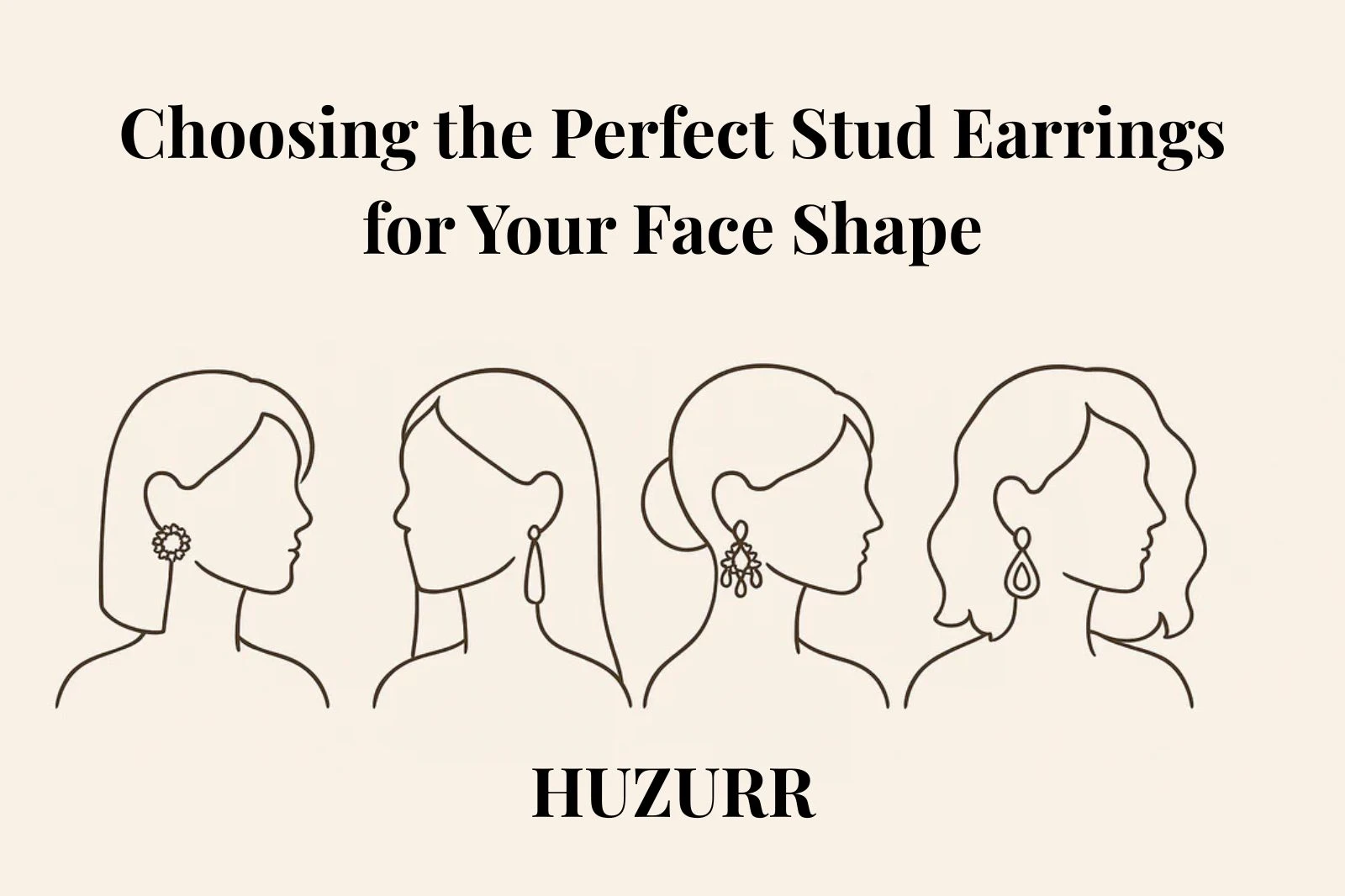
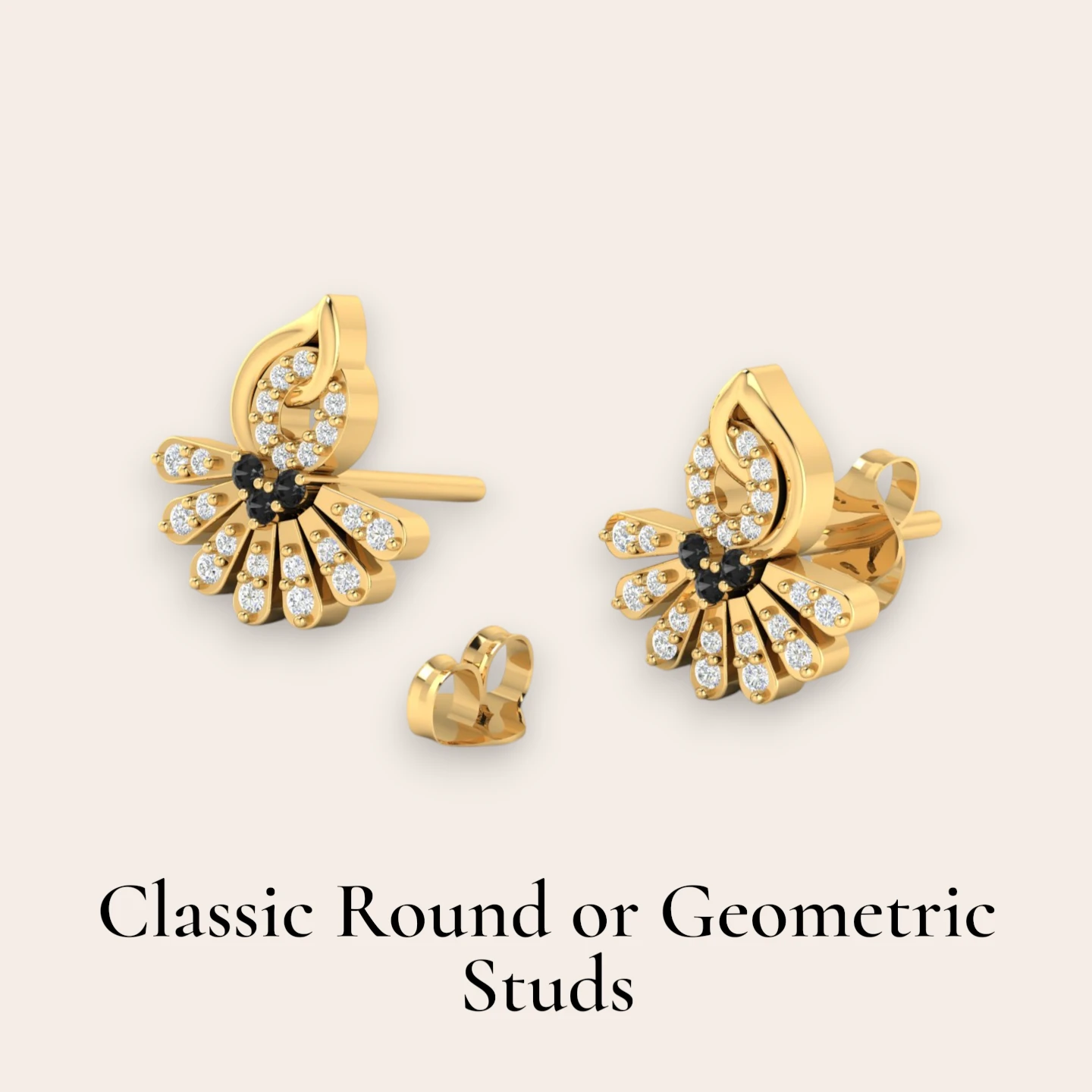
An oval face is known for its balanced quantity and gently loop jawline. Almost any stud earring style works well for this shape, especially classic round studs that accessory its symmetry. Geometric studs also add a modern edge without disturb natural harmony. This versatility makes oval faces ideal for trial with different stud shapes, sizes, and gemstones to create looks extend from subtle style to bold statements.

Round faces benefit from elongate stud shapes like rectangular or oval designs that visually lengthen the face. These styles create an illusion of slimmer, more angular features by drawing attention degressive. Avoid round or circular studs, which add width and stand on the fullness of a round face. Choosing elongate shapes helps balance the softness of the cheeks and jawline for a admiring and modern silhouette.
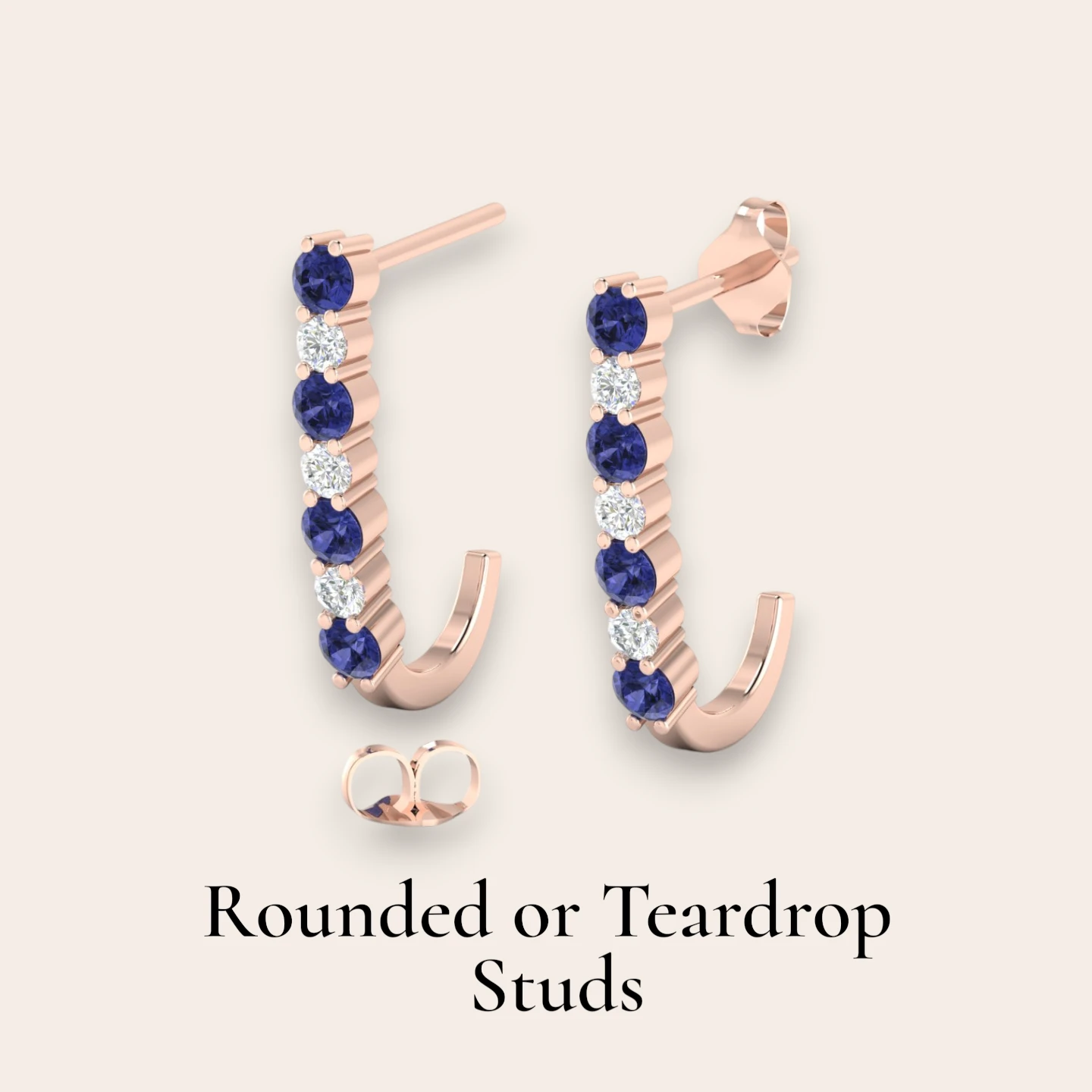
Square faces have strong jawlines and angular features that can be softened with stud earrings featuring curves. Round, cushion-cut, or teardrop studs work beautifully to balance the sharpness of the face by adding gentle contrast. Avoid square or geometric studs that highlight angles. Soft shapes create flow and adjustment, complementing the bold structure while keep elegance and womanhood.
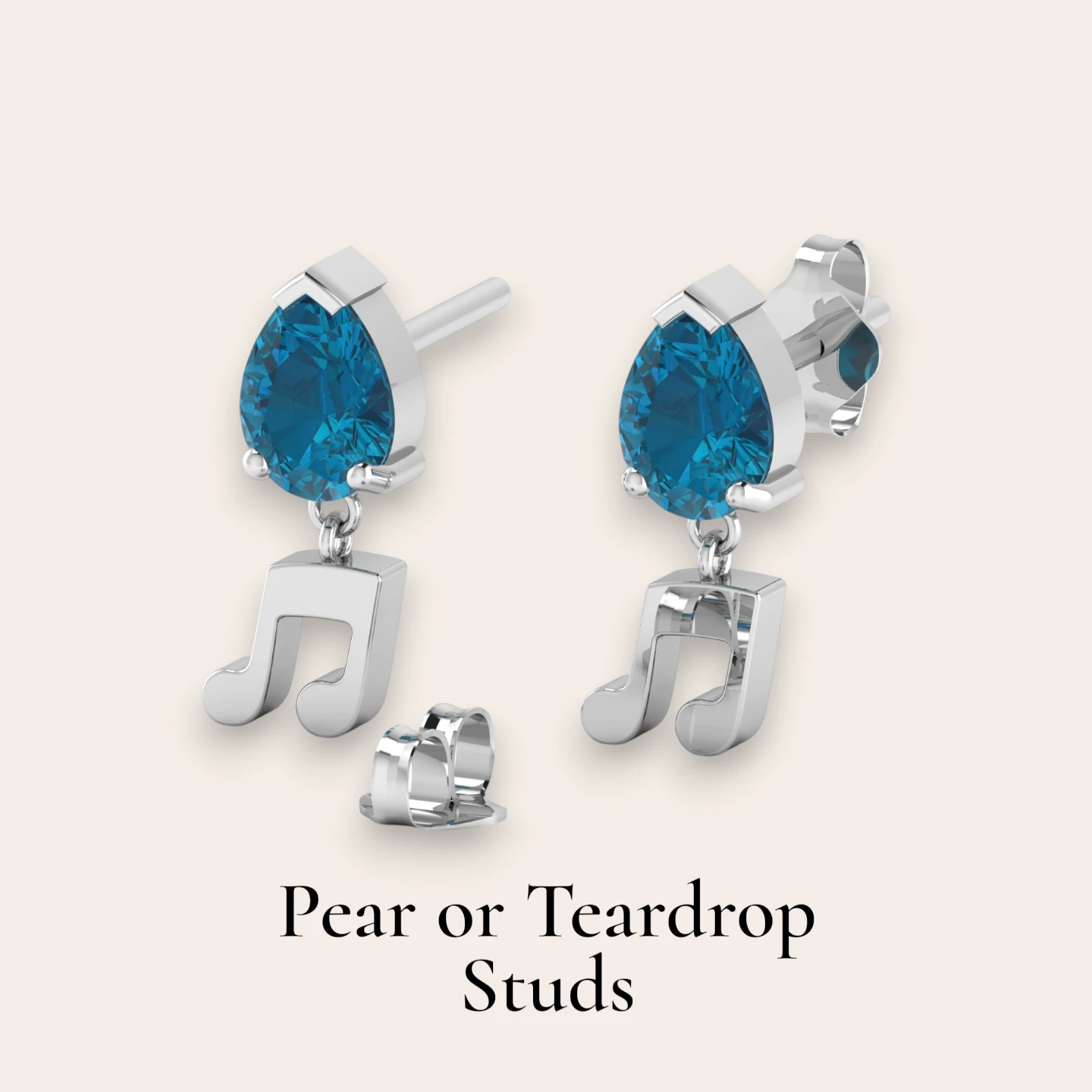
Heart-shaped faces have wider foreheads and narrow chins, so earrings that are broad at the bottom like pear or teardrop studs help create balance. These shapes draw attention to the lower part of the face, softening a pointed chin and add to the natural taper of the jawline. Avoid studs wider at the top to prevent spotlight the forehead width, and opt for styles that boost facial balance with elegant curves.

Diamond-shaped faces are widest at the cheekbones and narrow at the forehead and jaw. Studs that soften these angles, such as cushion cut, oval, or classic round shapes, are ideal. They create balance and top the natural contours without making features look sharper. Small, elegant studs or rounded hoops highlight the beauty of high cheekbones and bring harmony to this visible face shape.

Long or rectangular faces benefit from earrings that add width rather than length. Round or cushion cut studs provide volume on the sides of the face, which softens its sharp length. Avoid elongated or vertical styles that accentuate the face’s length. Compact, rounded studs break up the face’s verticality and create a balanced, attractive closeness that enhances natural beauty.

Triangular faces feature a narrow forehead and wider jawline. To balance this, choose studs that create volume at the upper part of the face, such as drop or upend triangle shapes. These styles add width near the temples and forehead, visually balancing the jawline. Avoid studs that widen at the bottom, as they may color the lower face’s note, disrupting harmony and proportion.
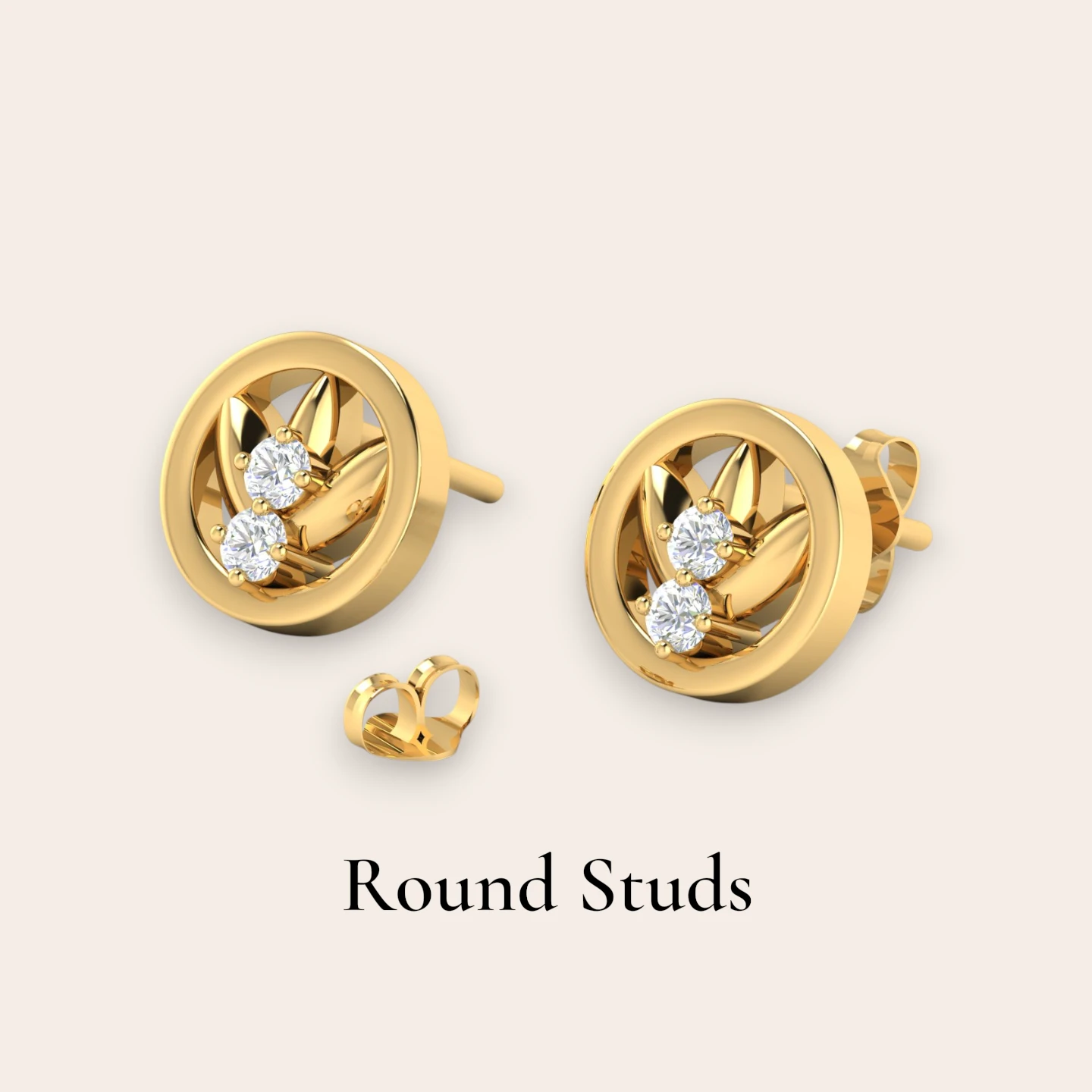
Oblong faces resemble long ones but with a bit softer lines. Earrings that add width, like collect or rounded studs, work well to break up face length. These designs visually create horizontal interest and enhance natural softness in the facial structure. Avoid overly long or dangly studs, which elongate the face further; instead, choose styles that deliver balance by widening the aspect and complementing overall features.
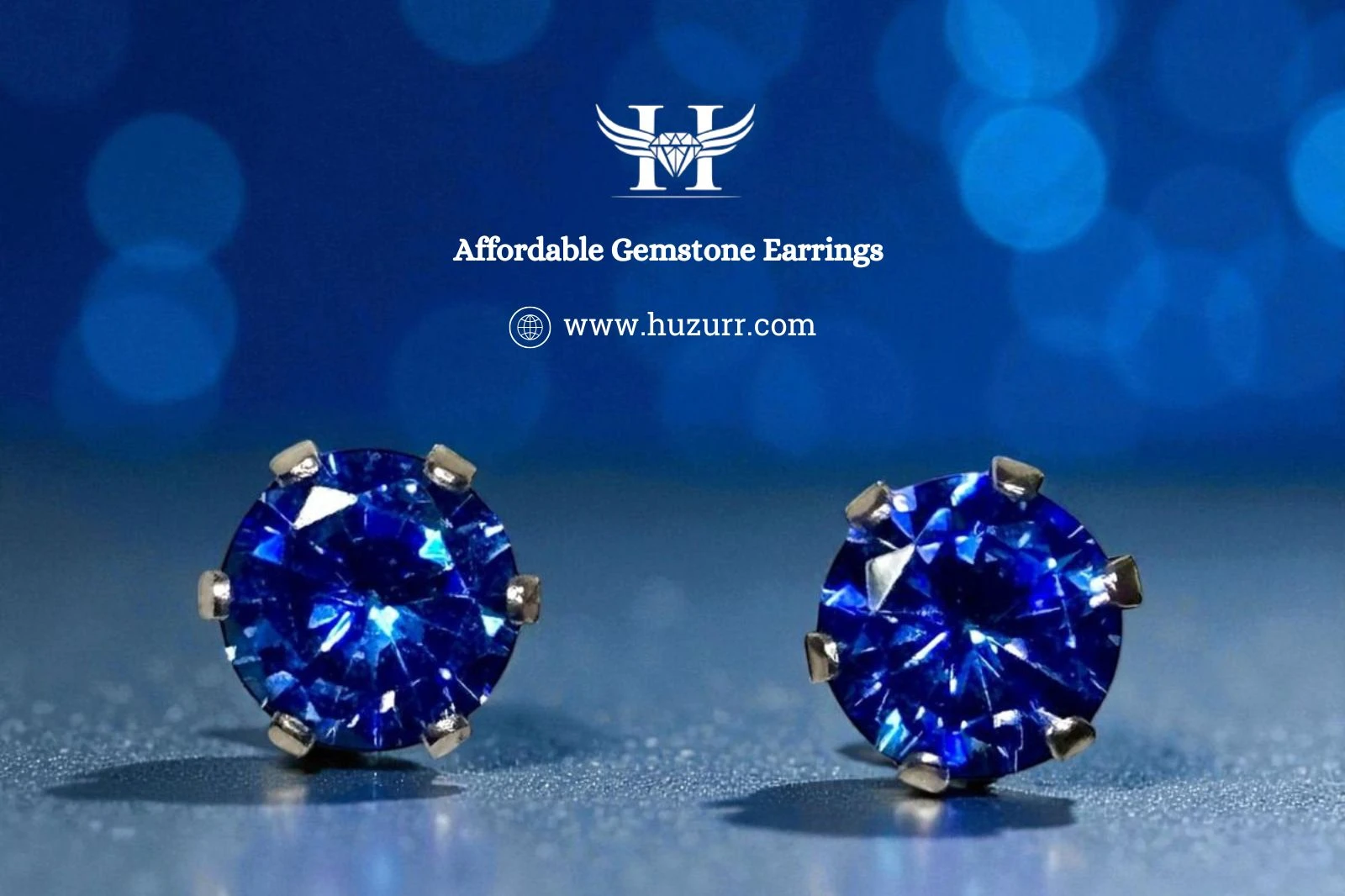



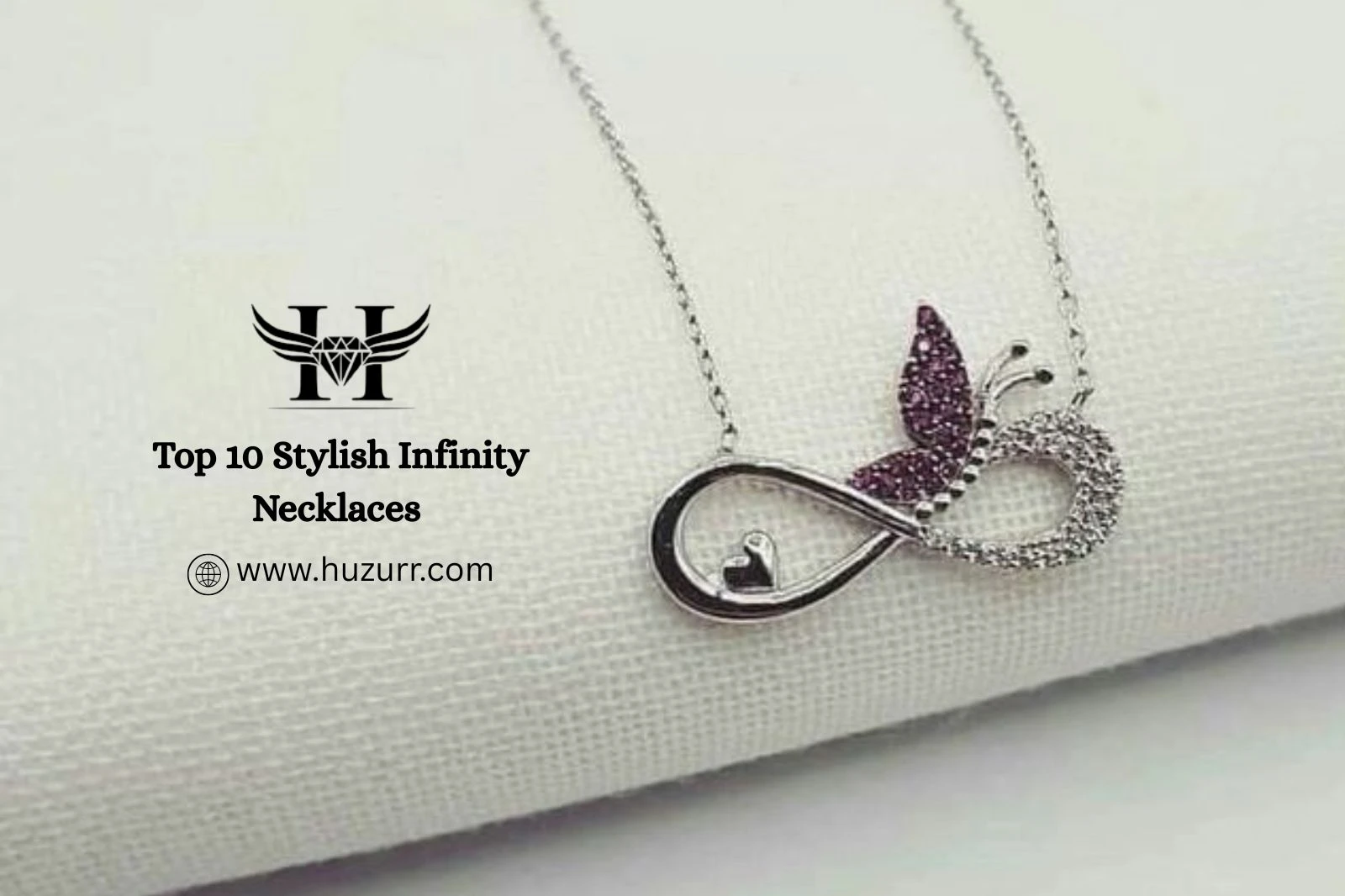

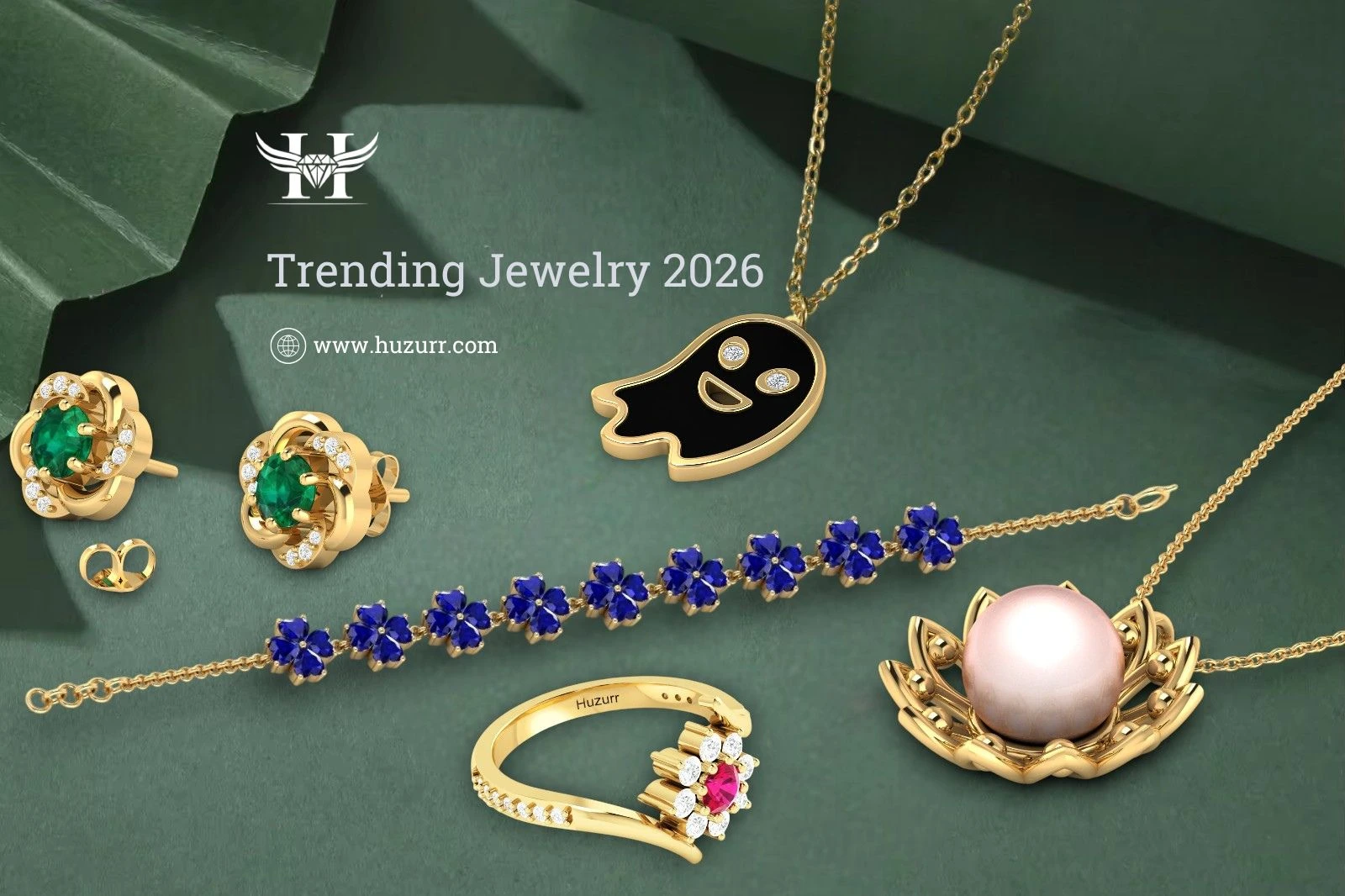

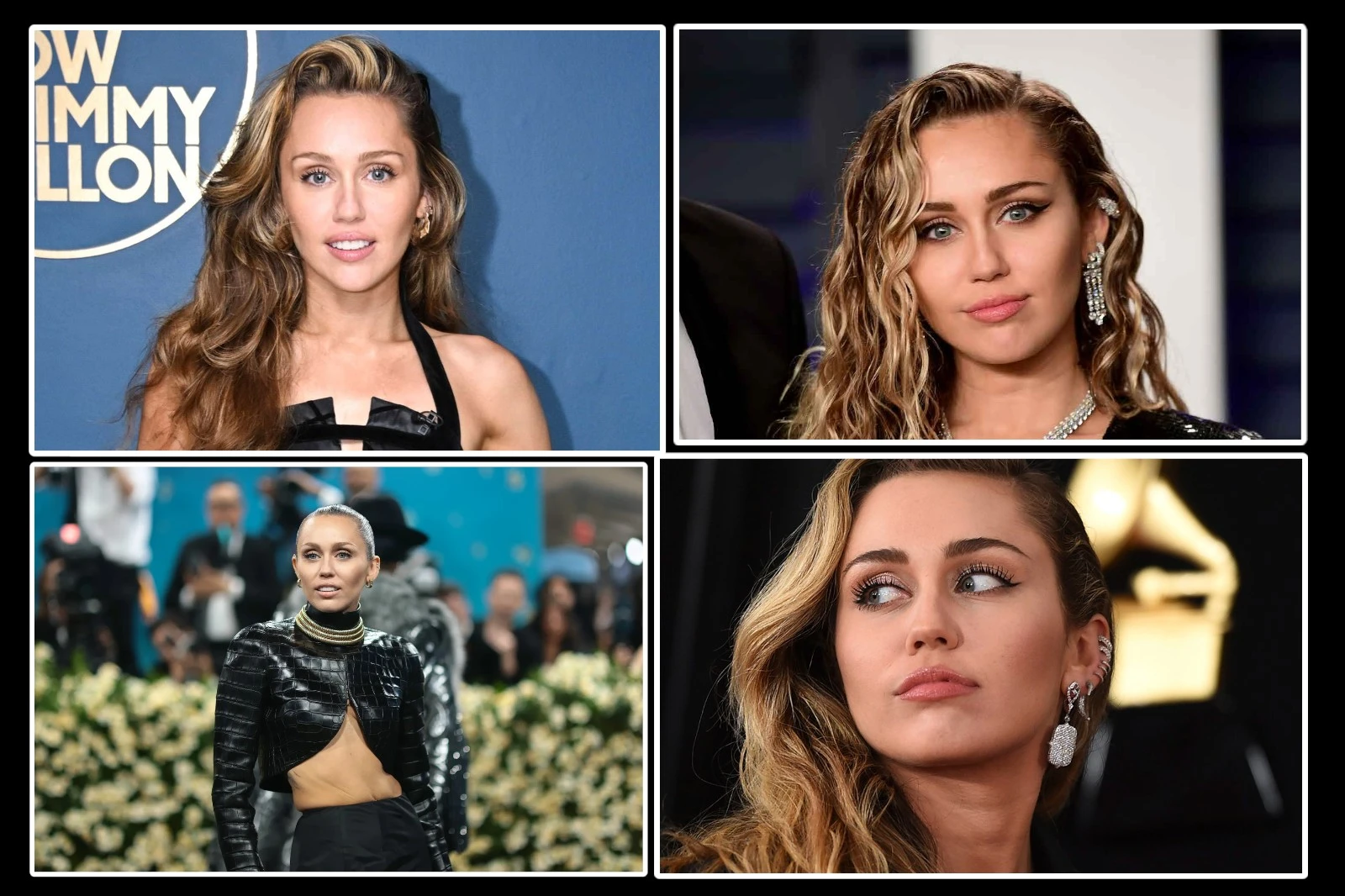
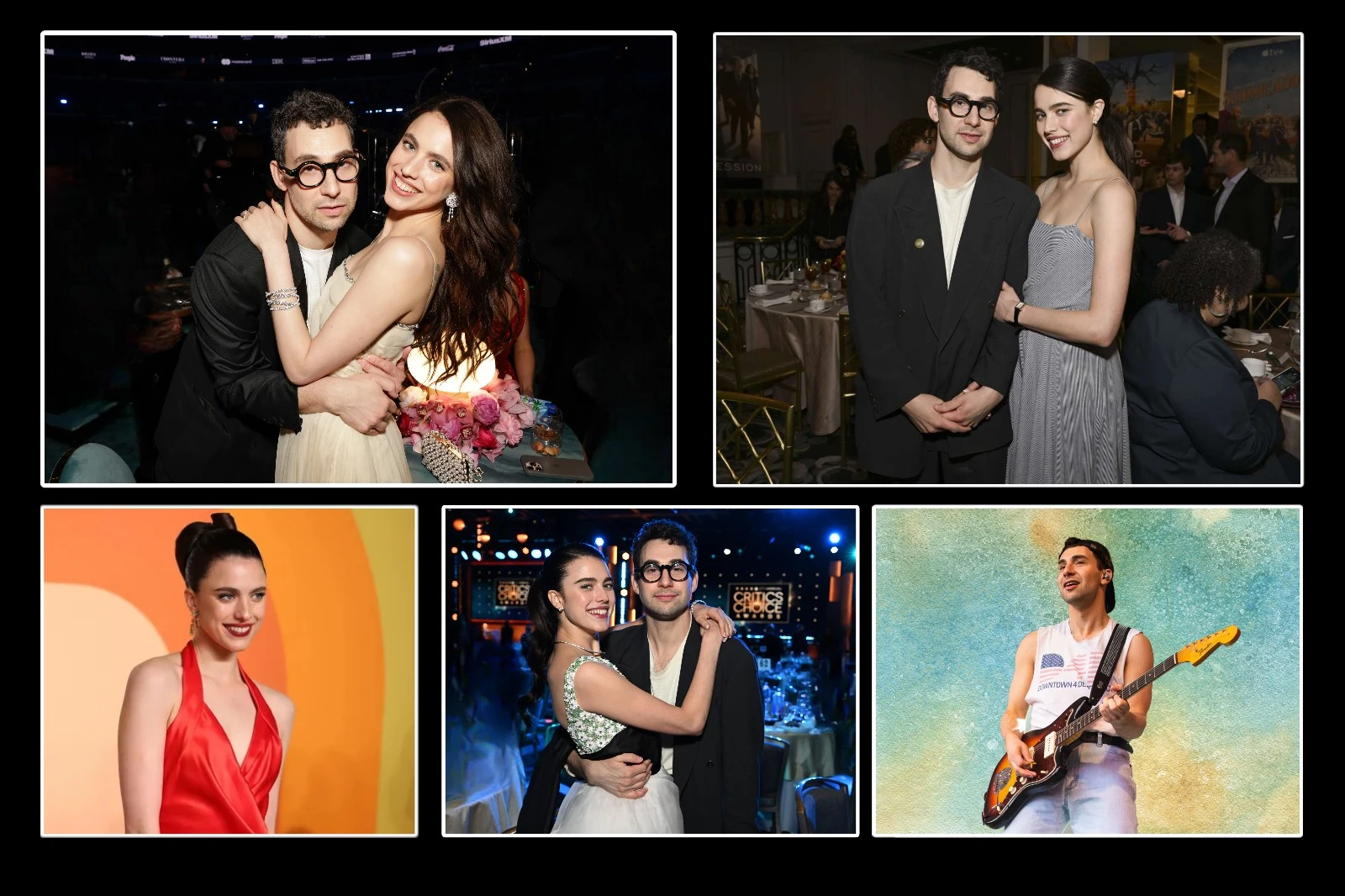
Check out our new jewelry, made to make every moment special.